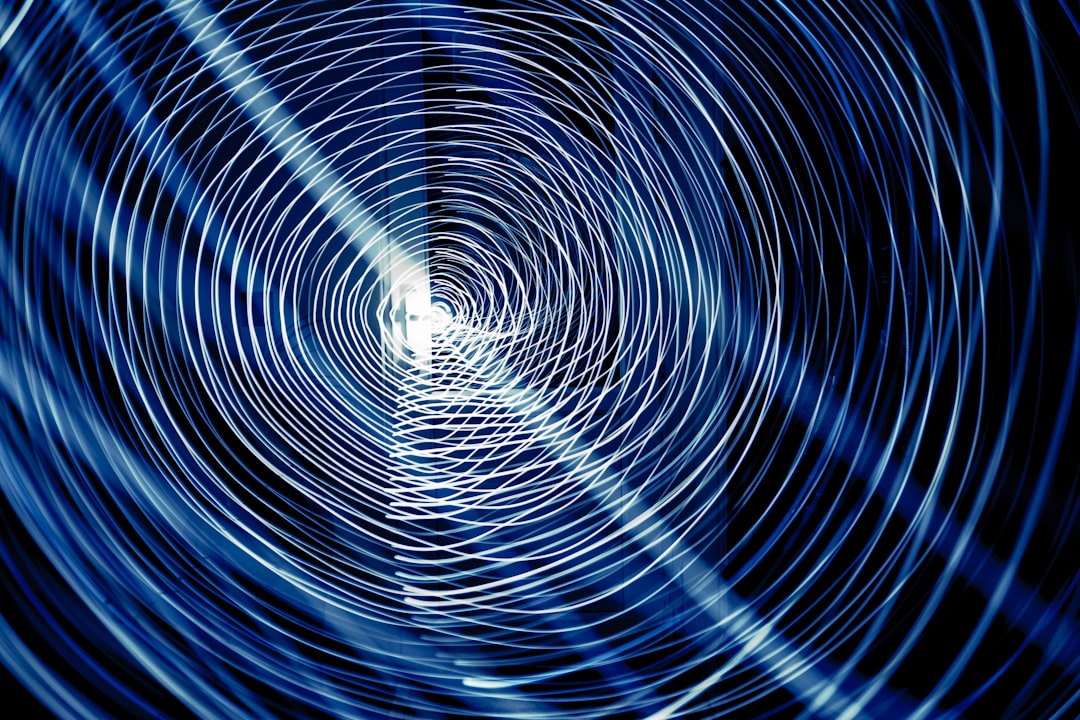What is it about?
The study of symmetries is a fundamental part of Mathematics and Physics. Symmetries of surfaces in the sense of classical Euclidean or hyperbolic geometry are a classical field of study. Here we study symmetries of surfaces in the sense of projective geometry. We obtain a characterization of those surfaces which have more symmetries than the others.
Featured Image

Photo by Job Savelsberg on Unsplash
Why is it important?
Every finite group can be realizes as a group of symmetries of some surface. Surfaces for which this group of symmetries is very large have amazing algebraic, geometric, and number-theoretic properties. Here we make this precise in the context of projective geometry.
Perspectives
The moduli space of projective structures is much larger than the moduli space of hyperbolic structures. So I was surprised to find that surfaces with a maximal amount of symmetries are exactly the same as in the hyperbolic case. I would be interested in exploring the same question for other types of geometries.
Dr. Lorenzo Ruffoni
Tufts University
Read the Original
This page is a summary of: Complex projective structures with maximal number of Möbius transformations, Mathematische Nachrichten, December 2018, Wiley,
DOI: 10.1002/mana.201700371.
You can read the full text:
Resources
Contributors
The following have contributed to this page










